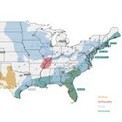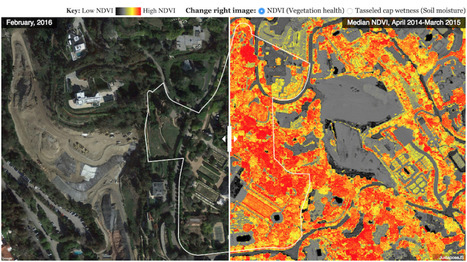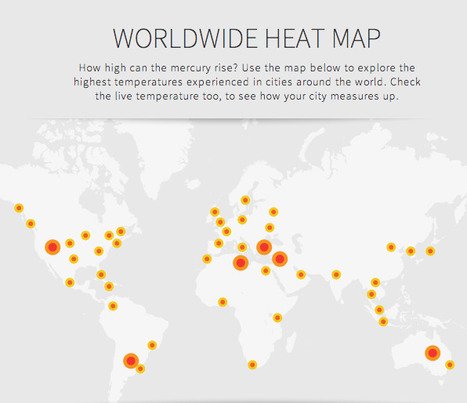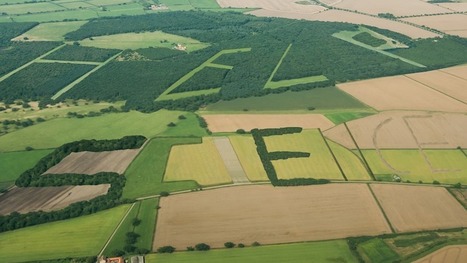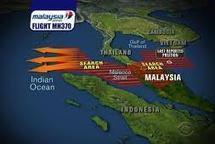With “The 2100 Project: An Atlas for A Green New Deal,” the McHarg Center tries to visualize how the warming world will reshape the United States.
Get Started for FREE
Sign up with Facebook Sign up with X
I don't have a Facebook or a X account
 Your new post is loading... Your new post is loading...
 Your new post is loading... Your new post is loading...

Stephane Bilodeau's curator insight,
August 9, 2014 8:08 PM
The Andrew Sykes Group has developed this interactive displaying record highs, and current temperatures from select cities across the globe. Smaller nodes represent cities, while larger nodes stand for the hottest temperatures ever seen on each continent.
Jacqueline Landry's curator insight,
December 17, 2013 7:34 PM
This is cool, there are many agricultural types and you can see It here. different land areas have different soil and chemicals in it which certain types of crops can benefit from. It is important to know these things. |
Ivan Ius's curator insight,
April 20, 2017 12:19 PM
Geographic Thinking Concepts: Patterns and Trends, Geographic Perspective, Spatial Significance

Colleen Blankenship's curator insight,
August 13, 2018 11:50 AM
This kind of data also correlated with population density and location.

GTANSW & ACT's curator insight,
August 19, 2016 7:47 PM
Great map to discuss global distribution of biomes and links to climate
Sally Egan's curator insight,
August 21, 2016 6:24 PM
Fun way for students to learn about the diverse climates around the world, by selecting a location on the map students are shown the climatic data of the selected place.

PIRatE Lab's curator insight,
December 28, 2013 11:57 PM
This open map project has finally gotten to the point where it seems generally useful for larger regional studies of coastal zones/road infrastructure.
It is great having both the formal google earth/apple maps datasets AND these more open-source datasets. |




